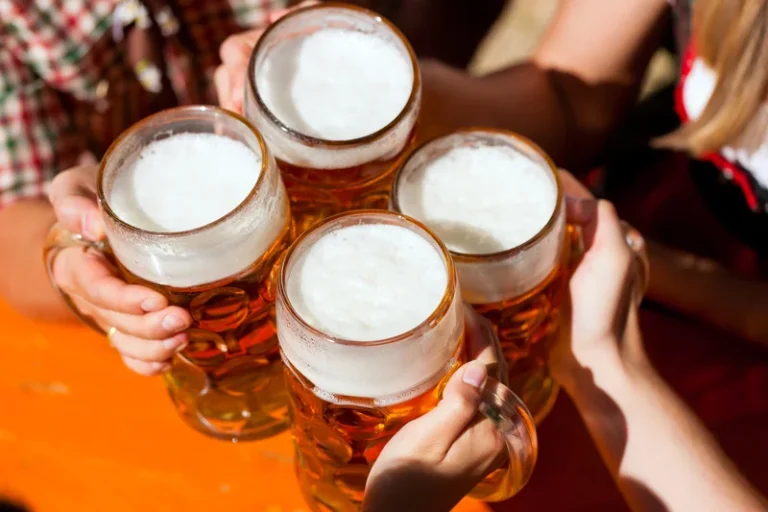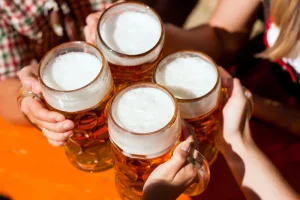Alcohol Dependence vs Alcohol Abuse: Understanding the Differences

All withdrawal symptoms – whether the psychological ones like anxiety, or the physical ones like the shakes – are caused by your body going into ‘fight or flight’ mode. Withdrawal symptoms can be physical and psychological, and range in severity from mild to severe. If you are concerned you might be dependent on alcohol, you should seek medical advice to help you cut down and stop your drinking safely. Understanding your drinking habits is the first step to a healthier life. Recognize the signs, be honest with yourself, and don’t hesitate to seek help if needed. Cognitive Behavioral Therapy (CBT) is a proven method for addressing alcohol use signs and symptoms of alcohol dependence disorders.

Question Set 1: Drinking Motivations

While receiving treatment, healthcare providers will want to monitor you continuously https://ecosoberhouse.com/ to make sure you don’t develop life-threatening complications. The alcohol withdrawal timeline varies, but the worst of the symptoms typically wear off after 72 hours. People who are daily or heavy drinkers may need medical support to quit. Stopping drinking abruptly can lead to seizures and can even be fatal.
- Schematic illustration of how problem drinking can lead to the development of dependence, repeated withdrawal experiences, and enhanced vulnerability to relapse.
- Friends and family members of people who have an alcohol addiction can benefit from professional support or by joining programs like Al-Anon.
- More recent studies have also indicated certain genetic, social, psychological, or environmental factors may also impact the body’s dependency on alcohol.
Timeline of Alcohol Withdrawal
To do this effectively, you need to keep a detailed drinking diary for at least one week. One of the biggest concerns with risky drinkers is when they don’t think they have a problem. Moderate drinking is the only safe way to consume alcohol, but drinking in general isn’t safe for everyone. People with alcohol addiction physically crave the substance and are often inconsolable until they start drinking again. Alcohol addiction is characterized by a physical and psychological need to drink.
Steps to Take When Seeking Help
- Therefore, it’s advisable to explore inpatient and residential treatment facilities that can provide support and tools to help maintain your sobriety.
- About half of individuals with alcohol use disorder exhibit significant behavioral changes before physical symptoms become apparent.
- Withdrawal symptoms are part of a condition called ‘alcohol withdrawal syndrome’, which is a reaction caused when someone who has become dependent on alcohol is deprived of it.
Once you’re well enough to leave, you’ll need to continue to receive treatment on an outpatient basis. Alcohol use disorder can cause serious and lasting damage to your liver. When you drink too much, your liver has a harder time filtering the alcohol and other toxins from your bloodstream. For example, antidepressants, if someone with an alcohol addiction were self-medicating to treat their depression. Or a doctor could prescribe drugs to assist with other emotions common in recovery. If you’re worried that someone you know has an alcohol addiction, it’s best to approach them in a supportive way.

A moderate drinker might pair a glass of wine with a meal, while a regular drinker uses alcohol to feel good in general. As increased drinking continues, you become more dependent on alcohol and are at risk of developing alcoholism. The National Institute on Alcohol Abuse and Alcoholism estimates that 17 million American adults have alcohol use disorders. Another 855,000 Americans ages 12 to 17 years old have alcohol use disorders. It’s important to remember that alcoholism isn’t created overnight. Stressful events, such as bereavement or losing a job, can also trigger heavy drinking in some people, which can then lead to alcohol dependence.
